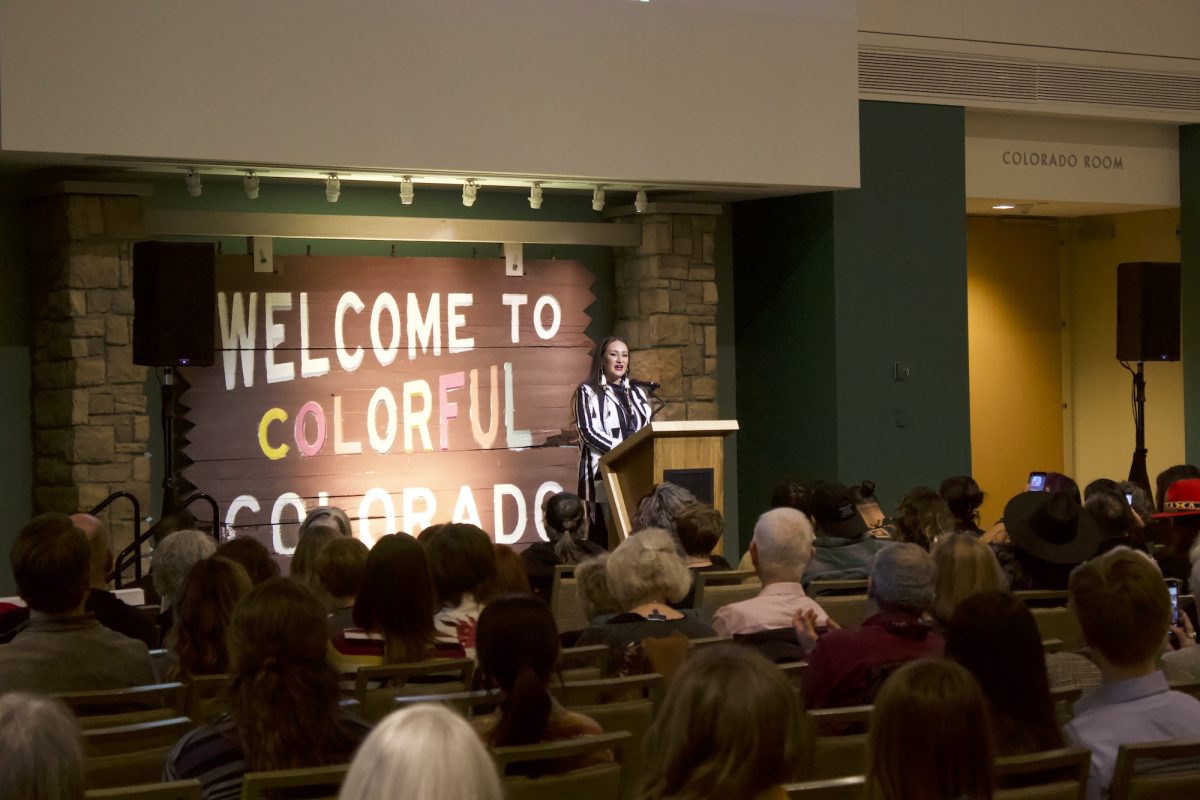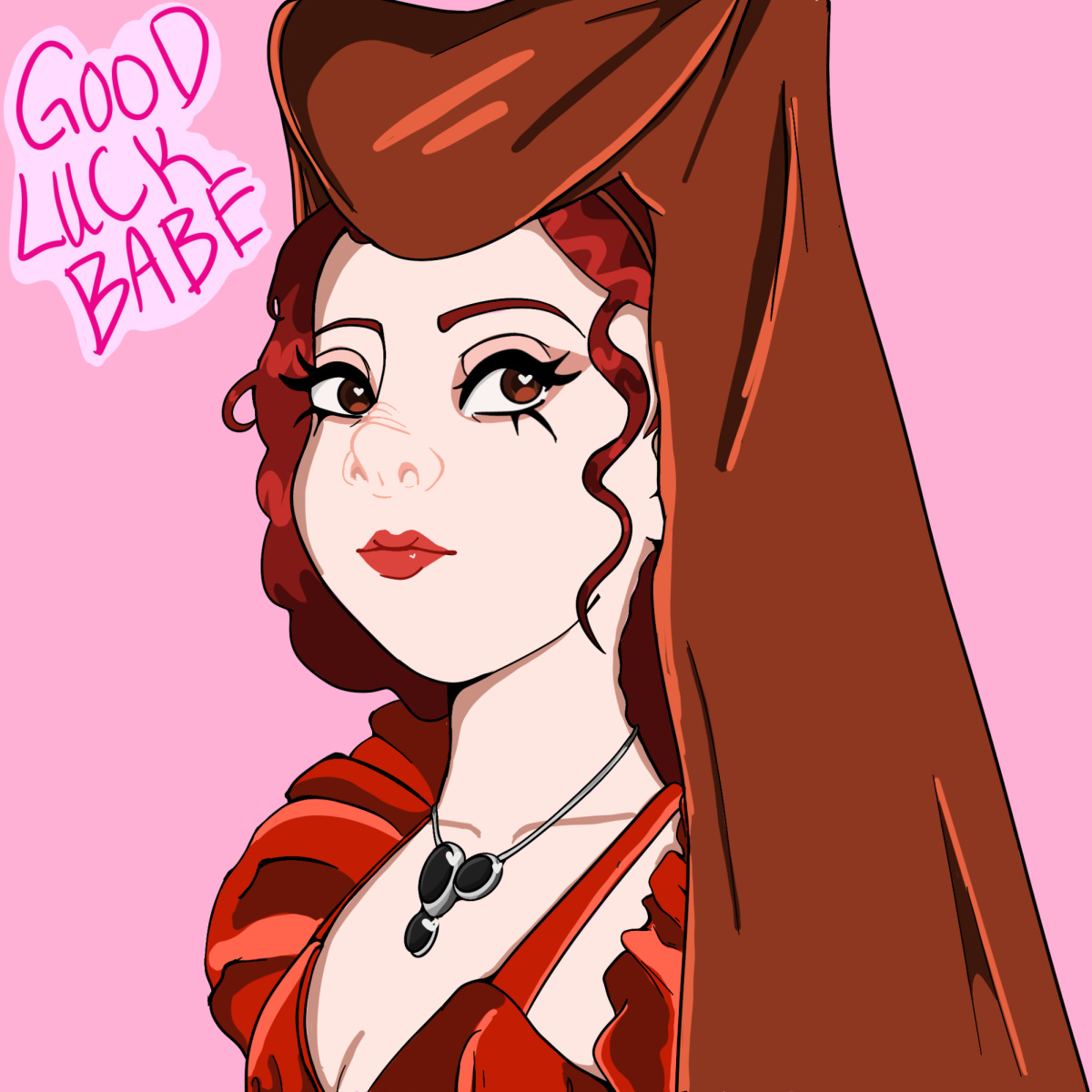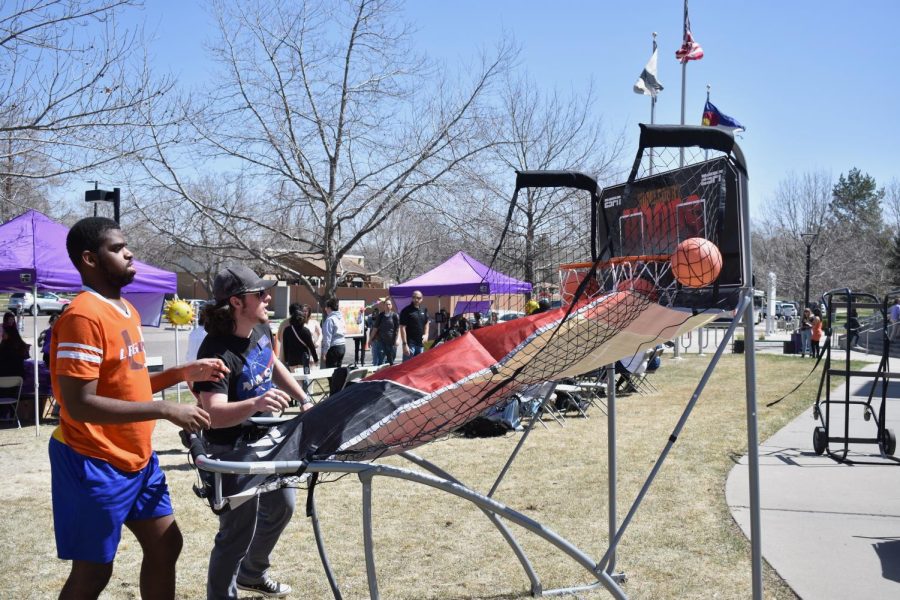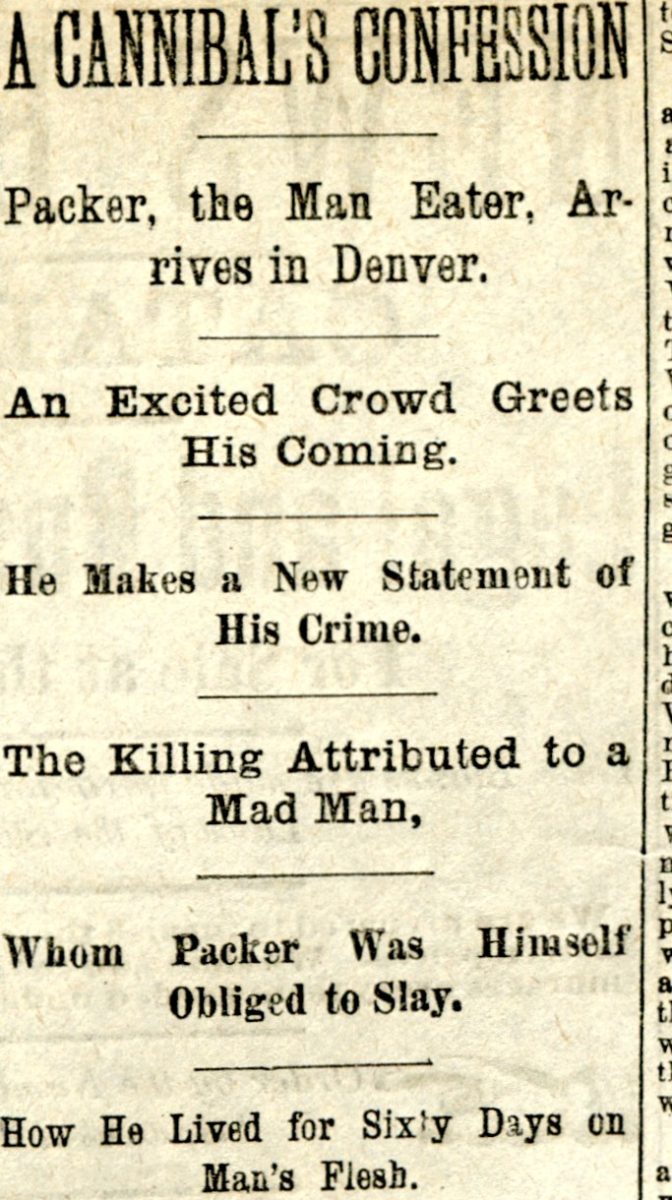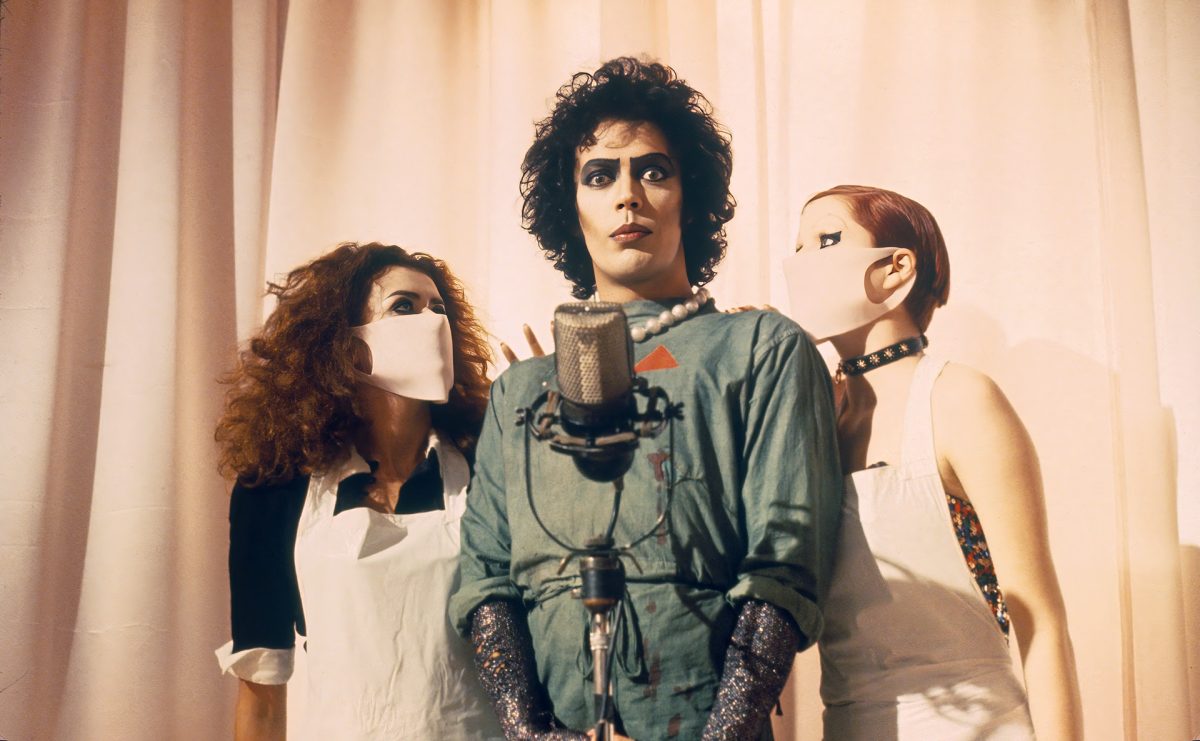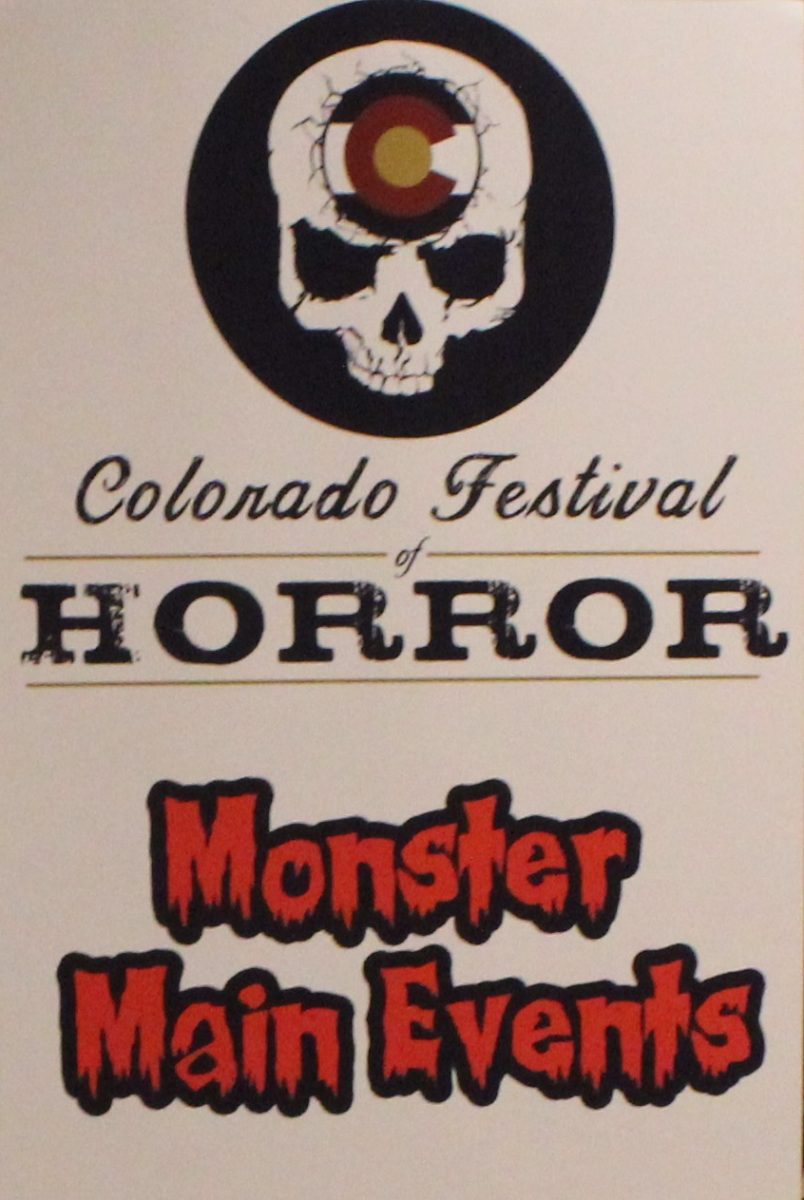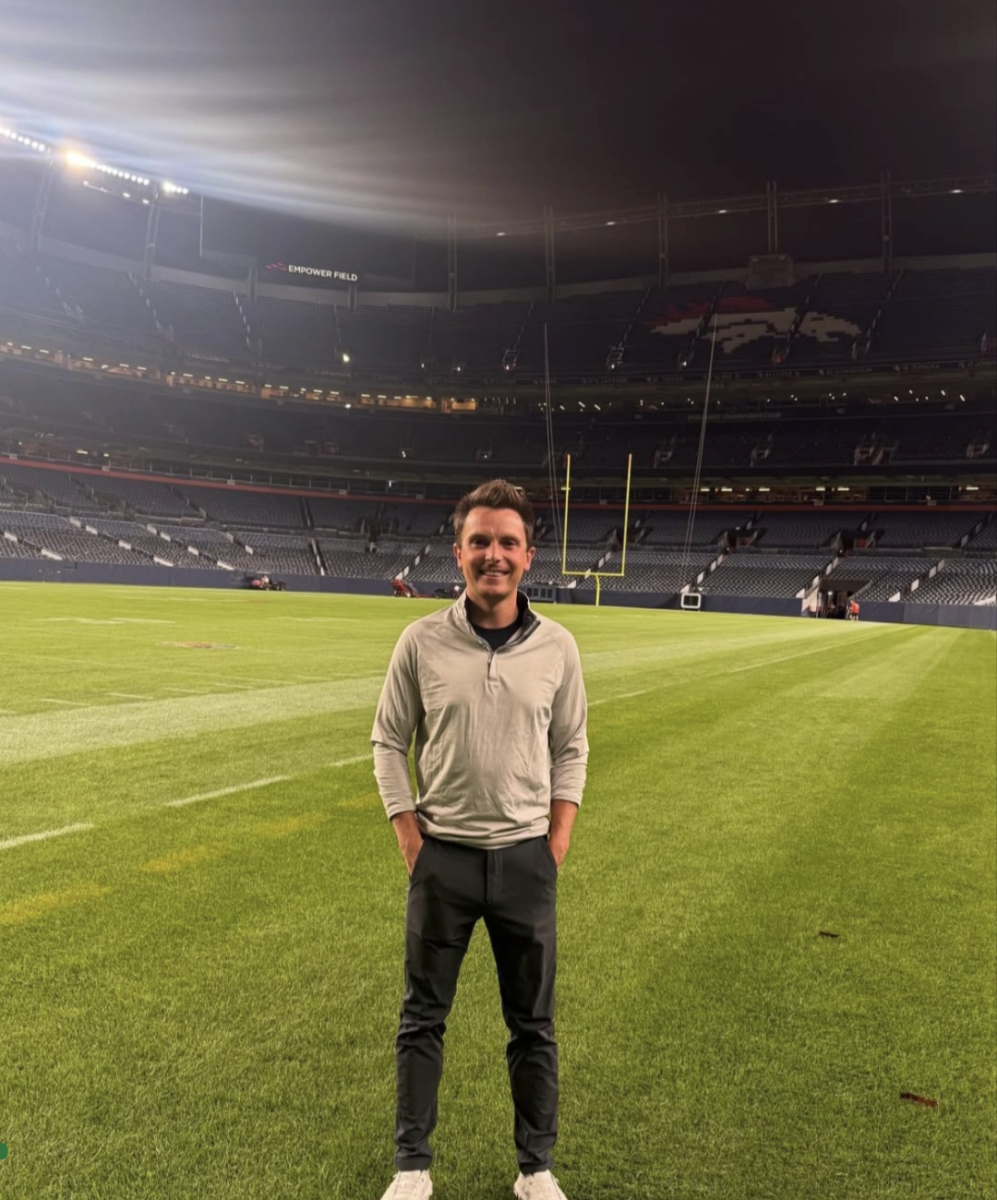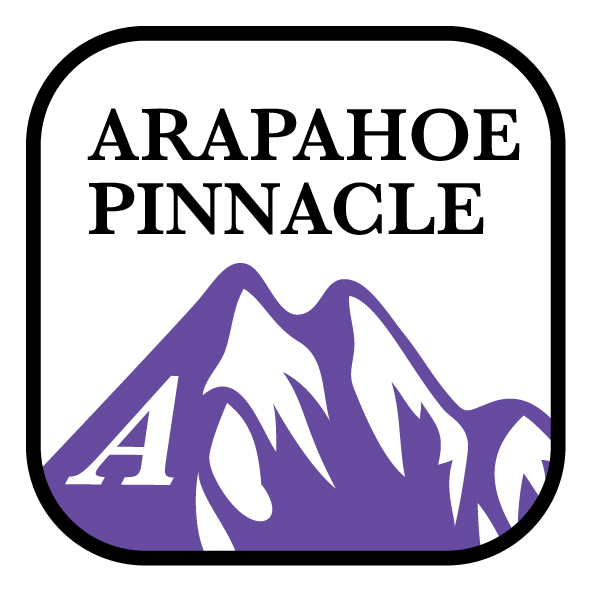In the United States of America, we often see subtitles in other languages under the English description. That is not the case in the History Colorado Center’s newest exhibition, “But We Have Something To Say,” which opened Feb. 29 and will be on display until Sept. 15, a feature on Danielle SeeWalker, a Húŋkpapȟa Lakȟóta citizen from the Standing Rock Sioux Tribe now based in Denver.
The exhibition presents the Lakȟóta language first, with English subtitles second.
“I’ve never seen an exhibition where the native language is the dominant language… English is a secondary language brought to these lands, so I really love the idea of having the native language be the main language” SeeWalker said.
Within the exhibition, there is a bridge between the past and contemporary art. SeeWalker was invited by History Colorado to view some of the historical items in their private collection and select specific items related to her tribe to display and infuse with her art. When discussing these items from the private collection, SeeWalker mentioned “things that maybe have never been exhibited before or seen by the public.”
She has been based in Denver since 2018, but it was in 2020 that SeeWalker began to make her work public. She published her first book in 2020 titled “Still Here: A Past to Present Insight of Native American People & Culture,” and has been featured in art museums around the Denver Metro area for the past few years. She produced her first public mural with Babe Walls, a non-profit organization that supports and celebrates women and non-binary artists worldwide.
The Babe Walls mural is the first of many SeeWalker has created, infusing her native artwork from the Denver Metro area, including places like Mile High Stadium for the Denver Broncos, to her native land in North Dakota and, most recently, Las Vegas for the 2024 NFL Super Bowl. The Boys and Girls Club in North Las Vegas was the site of SeeWalker’s mural for the ‘Murals of Change’ initiative introduced by Content of Change.
This initiative is driven by the desire to uplift underrepresented voices and leave an enduring mark on the Las Vegas Community.
“I was humbled and grateful to create this mural… to offer a fun, bold piece of art for the kiddos to enjoy,” SeeWalker stated on her Instagram.
In the Summer of 2022, she put on a mural festival on her home reservation in Standing Rock. She brought supplies alongside a handful of Denver muralists and worked with community members to produce 12 murals throughout the Standing Rock Reservation.
“Nothing will compare to really giving back to my own community on reservation, just knowing how I grew up and the opportunities that don’t exist and the lack of resources and materials and all the talent that is harbored there,” SeeWalker said, expressing her compassion for her community.
She takes pride in taking inspiration from her roots. She says her work is based on ledger art, a drawing style that her ancestors have used for generations. Traditional drawings weren’t about artistic style or details but about what was happening and simplistically telling a story.
“I like to use very simplistic drawings; many figures don’t have faces. It’s very much about what is being portrayed in the overall message,” SeeWalker said.
Marvel Studios and Disney Plus recently commissioned SeeWalker to create an original piece to promote their short series Echo, which features a Native American female protagonist.
Dawn DiPrince, History Colorado’s president and CEO, took the stage and thanked the drum group for a beautiful beginning to the event. “As we begin our events here at History Colorado, we would like to acknowledge that the land currently known as Colorado has been the traditional homelands of indigenous peoples since time immemorial,” DiPrince said.
History Colorado works in partnership with the 48 sovereign nations that continue to call this land home. The organization believes it is crucial to give native artists and historians the voice to share their history with the world.
“State Historical Societies have legacies of ‘salvage anthropology’ and perpetuating the Vanishing Indian stereotypes.” Felicia Bartley (Pueblo of Isleta), Assistant Curator of Indigenous Culture and Heritage at History Colorado, said, “I hope this exhibition serves as an inspiration to other Native artists.”
Bartley echoed the statements and welcoming words DiPrince had for SeeWalker and her exhibition before bringing up SeeWalker herself.
“I’m just really, really proud that the native community, my community, is here. That’s the best part of this whole thing,” SeeWalker said with a smile as she scanned the room full of familiar faces.
From gaining the inspiration to take her work public in 2020 to now being the inspiration on display all over, SeeWalker has developed her work in curation. She is now empowering other native artists through curating events, and she has two significant curatorial events happening locally this year.
“Red Shadows: The Crisis of Missing and Murdered Indigenous Relatives,” curated by Danielle SeeWalker, will hold its open ceremony on March 22 from 6:00 to 8:00 PM at The Collective Community Arts Center.
In November, SeeWalker will curate an extensive contemporary Native American art exhibit at the Capitol.
The Capitol building is a prominent location for SeeWalker’s advocacy and empowerment of Native American artists, communities, and existence. Showcasing her voice’s momentum since sharing it with the world in 2020.



